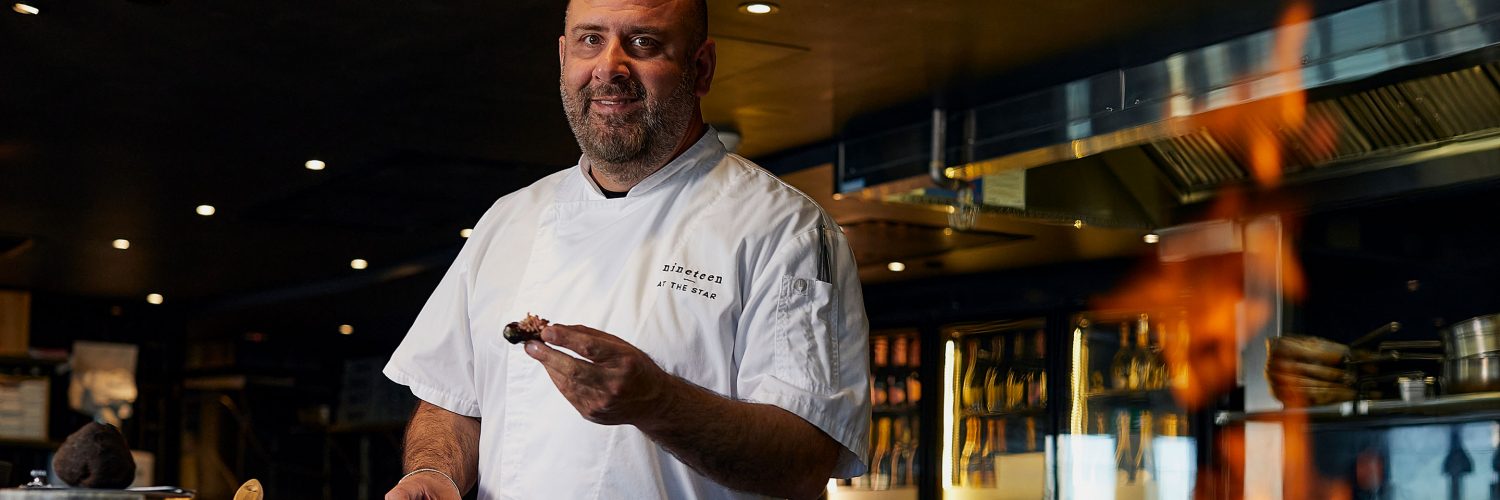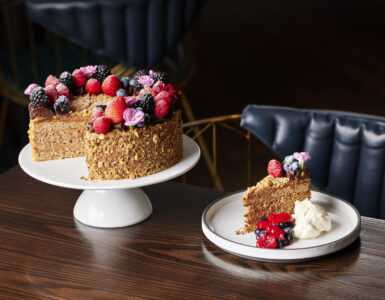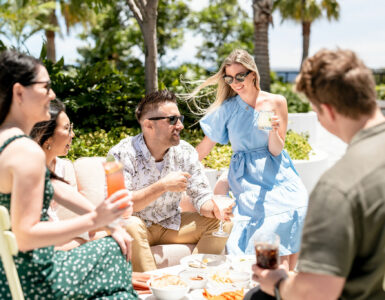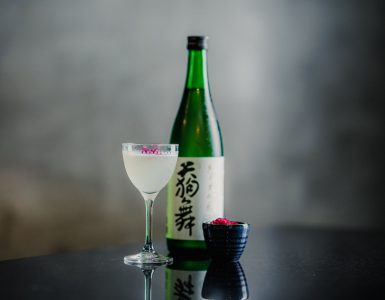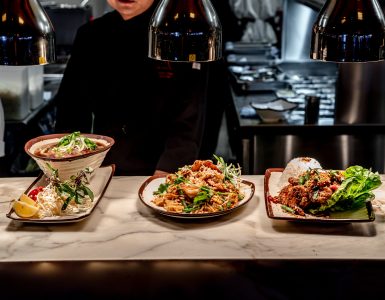Nineteen at The Star’s head chef and eco warrior, Uday Huja, shares the lowdown on how much food is wasted in Australia and offers helpful food waste solutions to help change these statistics.
Having worked in hospitality for 25 years, I’ve seen massive changes in the way professional kitchens approach sustainability. Today, working within The Star’s own sustainability framework, I closely monitor the provenance of the produce I buy and strive to keep kitchen waste to an absolute minimum.
I do this by cooking with my food waste. There are so many wonderful ways you can use up leftover food. Food waste in Australia is at an all-time high; according to OzHarvest we waste 7.3 million tonnes of food each year in Australia, which is enough to fill 13,000 Olympic-sized swimming pools.
Here’s my guide to food waste solutions so you can be a part of solving the problem in your own kitchen at home.

Make friends with your butcher and fishmonger
If you care about where your produce comes from, how it was raised or caught, and want to ensure it’s a good sustainable choice, then buy from the people who know, rather than pre-packaged at the supermarket. Butchers and fishmongers (who, in my experience always love a good chat!) are also a great source of information on cooking methods – especially useful when it comes to secondary cuts.

Buy chicken, fish and meat whole
It’s cheaper to buy whole, whether it’s a chicken, fish or a piece of meat, and, with some clever planning you can use it for more than just one meal. Some people can feel a bit intimidated when faced with a whole fish to fillet or meat to bone, so this is where creating a relationship with your butcher or fishmonger pays off. Usually, they’ll be happy to fillet, bone or dice it for you – just make sure to ask for the bones and any other bits when they hand it over!

Use the entire piece of produce
There are plenty of places online where you can find ideas about cutting down waste and using every bit of your produce. In the restaurant, our fillet mignon is the best-selling steak, but we buy it as a whole tenderloin then use the offcuts to make steak tartare. We also make a pumpkin risotto with pumpkin puree and a sage brown butter, using all of the pumpkin, including the skin, garnishing it with the seeds we’ve toasted. Nothing goes to waste.
At home you can use beef bones to make a stock or jus; use the carcass from a roast chicken to create a chicken soup; or the bones from a fish or heads of prawns to make a beautiful fish stock. Do the same with vegetable scraps or peeling, just simmering them with onion, carrot, celery and whatever aromatics you want. Fill your freezer with different stocks you can pull out for risottos, soups or sauces.
If you’re lucky enough to have a glut from your garden, have a go at pickling or fermenting vegetables. It’s really easy and it just adds another delicious layer of flavour.

Buy local and seasonal produce
We’re so lucky in Australia to have all of this great produce, seafood especially. So, it’s a mystery to me why you’d buy an imported fish and the food miles that go along with it. We also have very strict laws regarding fish names here in Australia, so you know exactly what you’re getting – not always the case with imported seafood.
With fruit and vegetables, if it’s not in season, it’s better to use something else rather than buy imported. Seasonal produce will always be tastier too and you’ll be supporting Australian farmers and producers.
And speaking of farmers, shopping at farmers’ markets is a great way to educate yourself about what is in season when and how best to use it. Farmers are usually pretty proud of what they grow and are happy to give you some ideas.

Compost
If you’ve done everything you can to reduce your waste, but you still have vegetable peelings, seeds or things you just can’t find a use for, turn it into compost. If you don’t have a compost bin, just dig it straight into the earth. It will help enrich your soil for growing your own herbs or vegetables – beautifully fresh and zero food miles!

